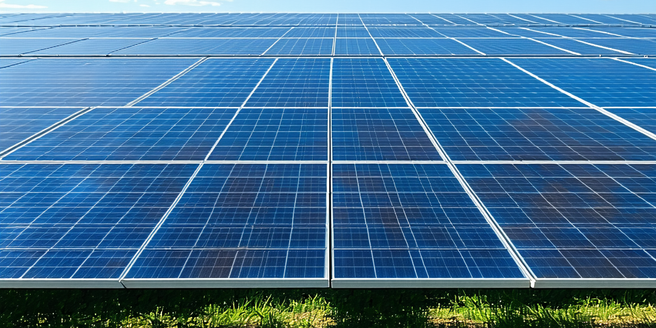
1. Understanding the Basics of Solar Energy Efficiency
Solar energy efficiency is a critical aspect in the effectiveness of energy conversion systems. Efficiency refers to the percentage of sunlight that can be converted into usable electricity. Several factors affect this efficiency such as the type of solar panels used, their age, and the presence of any obstructive debris or dirt. Modern panels have improved efficiency rates compared to older models due to advancements in technology. Ensuring panels are well-maintained and clean can significantly enhance their performance. Additionally, the location and placement of solar panels are crucial. Panels must be positioned where they receive maximum sunlight exposure throughout the day to optimize energy capture. Understanding these basics aids in deciding the right kind of solar setup that suits specific energy needs while maximizing output.
2. The Impact of Sunlight Exposure on Solar Panels
Sunlight exposure is one of the most significant determinants of a solar panel’s energy output. Panels need direct sunlight to operate at peak efficiency. If the solar panels are shaded by trees, buildings, or other obstructions, their ability to generate power is diminished. Geographic location also plays a vital role, as areas closer to the equator tend to have more intense and consistent sunlight, allowing for better solar panel performance. Additionally, the tilt of the Earth affects sunlight angles, making it essential to adjust the panel angle accordingly. Cloud cover can also impact the consistency of sunlight exposure. By maximizing sunlight exposure, energy yields can be improved, making solar systems more cost-effective and beneficial in the long run.
3. How Weather Conditions Affect Solar Panel Performance
Weather conditions can significantly influence the performance of solar panels. While sunny days provide optimal conditions for energy production, panels can still work on cloudy or overcast days, albeit with reduced efficiency. Rain can be beneficial as it helps wash away dirt and debris that may block sunlight. Regular maintenance ensures that solar panels remain effective over time. However, heavy snow can obstruct panels, necessitating manual clearing. Temperature also affects solar cells; extreme heat can decrease efficiency as solar cells become less effective when overheated. Wind can have a cooling effect, slightly improving performance during hot weather but can also pose physical risks in storms. Ultimately, understanding local weather patterns and preparing for extremes can help maintain consistent solar panel performance.
4. Best Practices for Solar Panel Angle and Positioning
Optimizing the angle and positioning of solar panels is essential to maximize energy capture. Ideally, panels should face true south in the northern hemisphere and true north in the southern hemisphere to align with the sun’s path. The tilt angle should be adjusted based on latitude and varying seasons. For instance, a steeper tilt can be used during winter to capture lower-angle sunlight, while a flatter angle is better in summer. Regular maintenance and cleaning can also ensure panels operate at their full potential. Avoiding shadows and reflections is crucial, as even partial shading can reduce the panel’s output. Utilizing adjustable mounts can provide flexibility in achieving the optimal angle year-round. These adjustments help achieve maximum solar exposure and efficiency.
5. Seasonal Changes and Their Effects on Solar Energy Yield
Seasonal changes greatly influence solar energy yield due to variations in the sun’s angle and daylight duration. During summer, longer days and higher sun positions increase energy production. Conversely, winter days are shorter with the sun lower on the horizon, reducing yield. It is essential for solar energy systems to adapt to these seasonal shifts to maximize efficiency. Adjusting panel angles can help counteract some of the seasonal energy variations by capturing more sunlight. Additionally, regions that experience heavy snowfall may see reduced efficiency due to snow cover, which requires manual removal to maintain optimal function. Understanding these seasonal effects and planning for them, such as using battery storage or grid backup, can ensure a more consistent and reliable solar energy system throughout the year.
